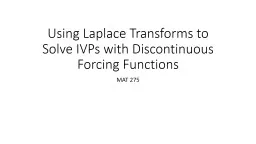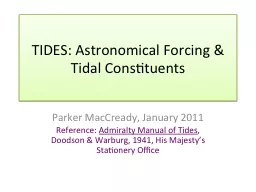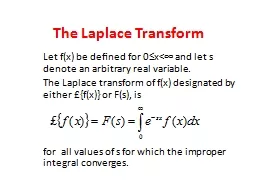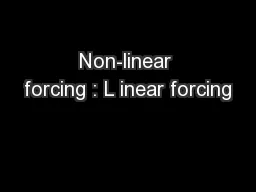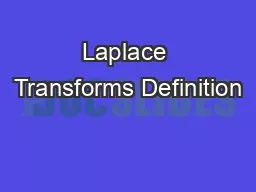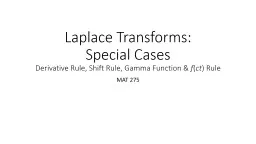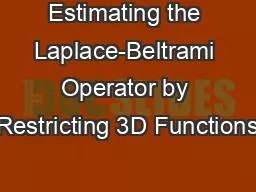PPT-Using Laplace Transforms to Solve IVPs with Discontinuous Forcing Functions
Author : kittie-lecroy | Published Date : 2018-09-21
MAT 275 Example Find the solution of the IVP Solution Rewrite the forcing function using the notation Now apply the Laplace Transform Operator to both sides and
Presentation Embed Code
Download Presentation
Download Presentation The PPT/PDF document "Using Laplace Transforms to Solve IVPs w..." is the property of its rightful owner. Permission is granted to download and print the materials on this website for personal, non-commercial use only, and to display it on your personal computer provided you do not modify the materials and that you retain all copyright notices contained in the materials. By downloading content from our website, you accept the terms of this agreement.
Using Laplace Transforms to Solve IVPs with Discontinuous Forcing Functions: Transcript
Download Rules Of Document
"Using Laplace Transforms to Solve IVPs with Discontinuous Forcing Functions"The content belongs to its owner. You may download and print it for personal use, without modification, and keep all copyright notices. By downloading, you agree to these terms.
Related Documents

